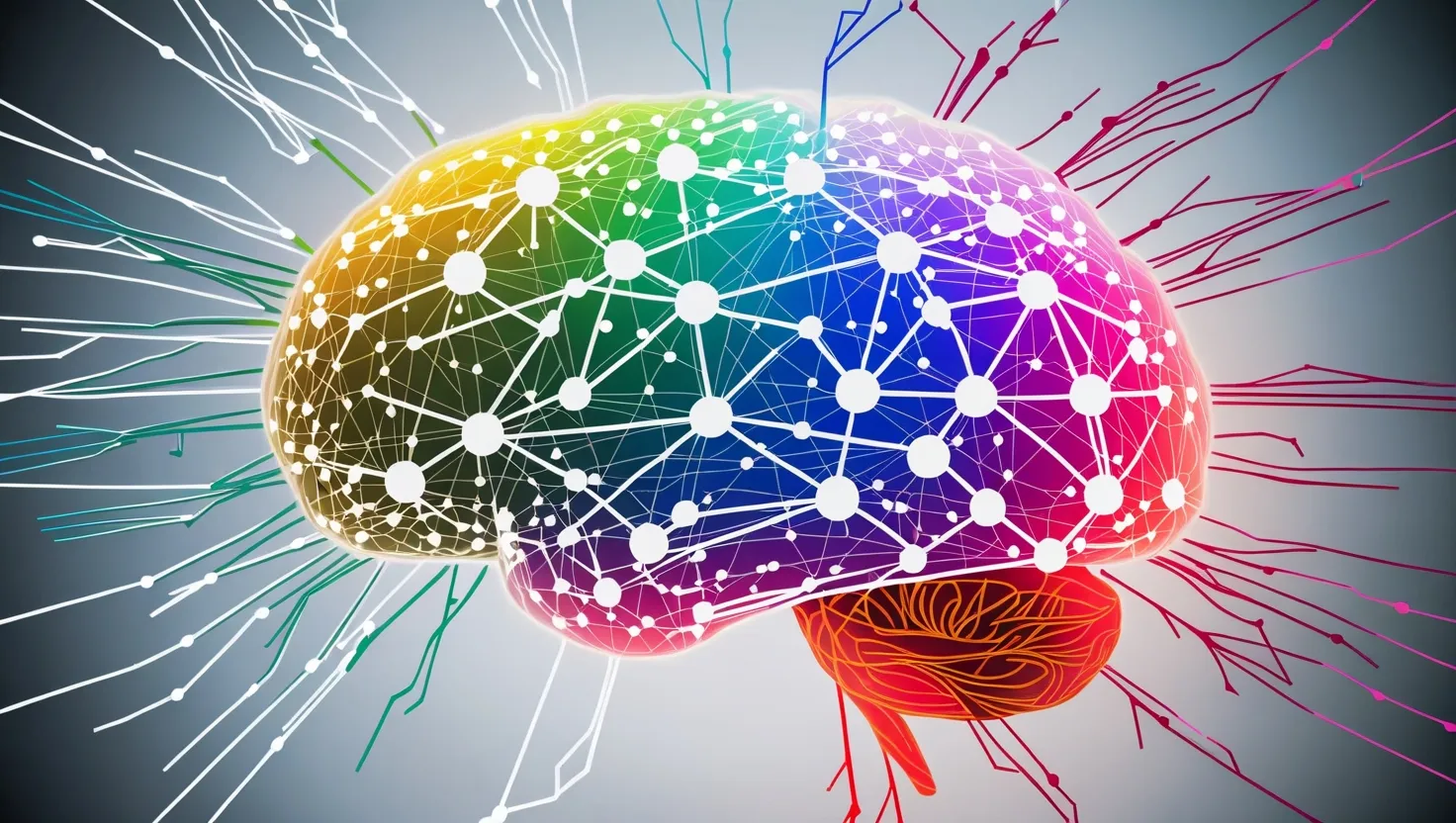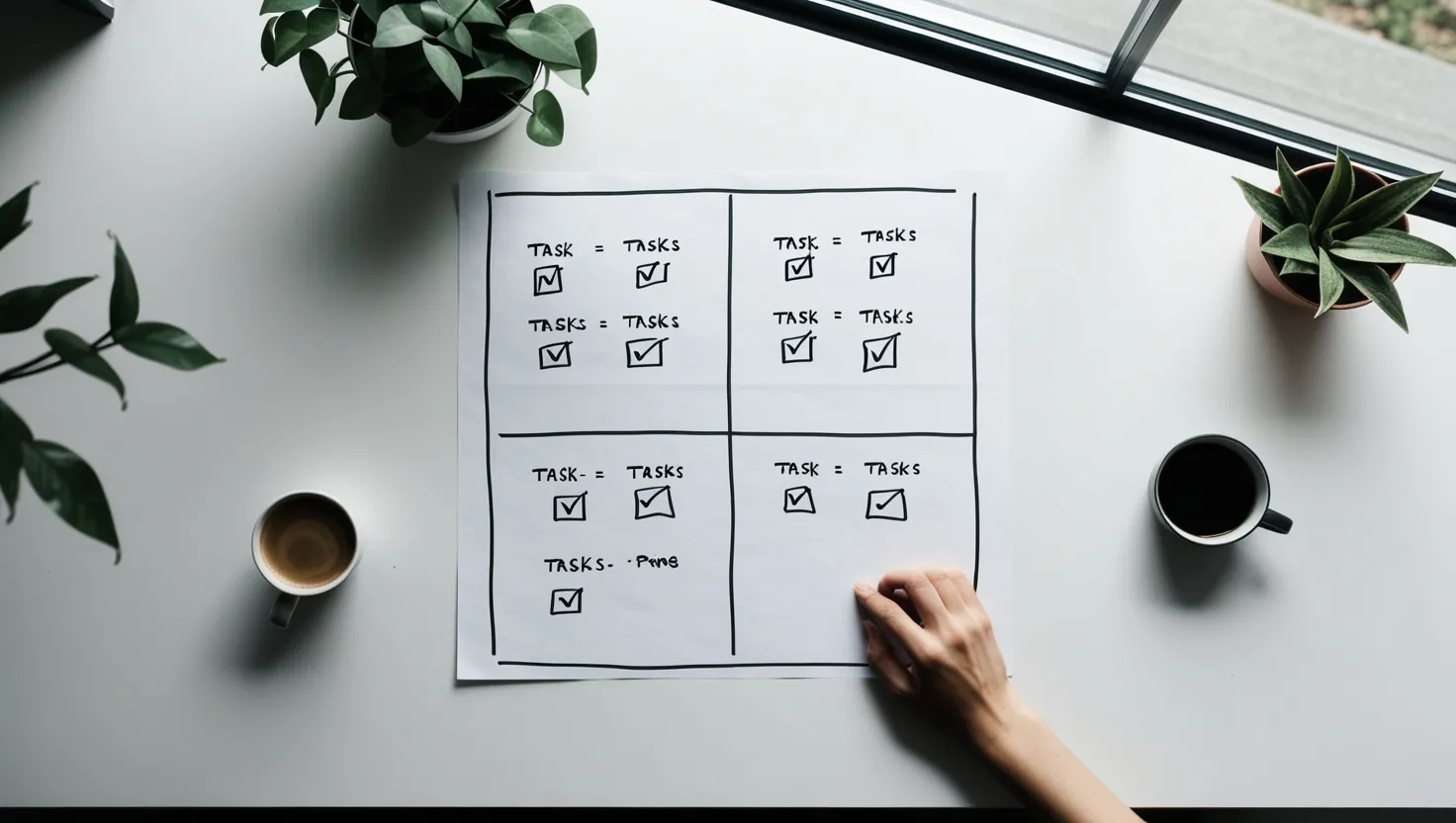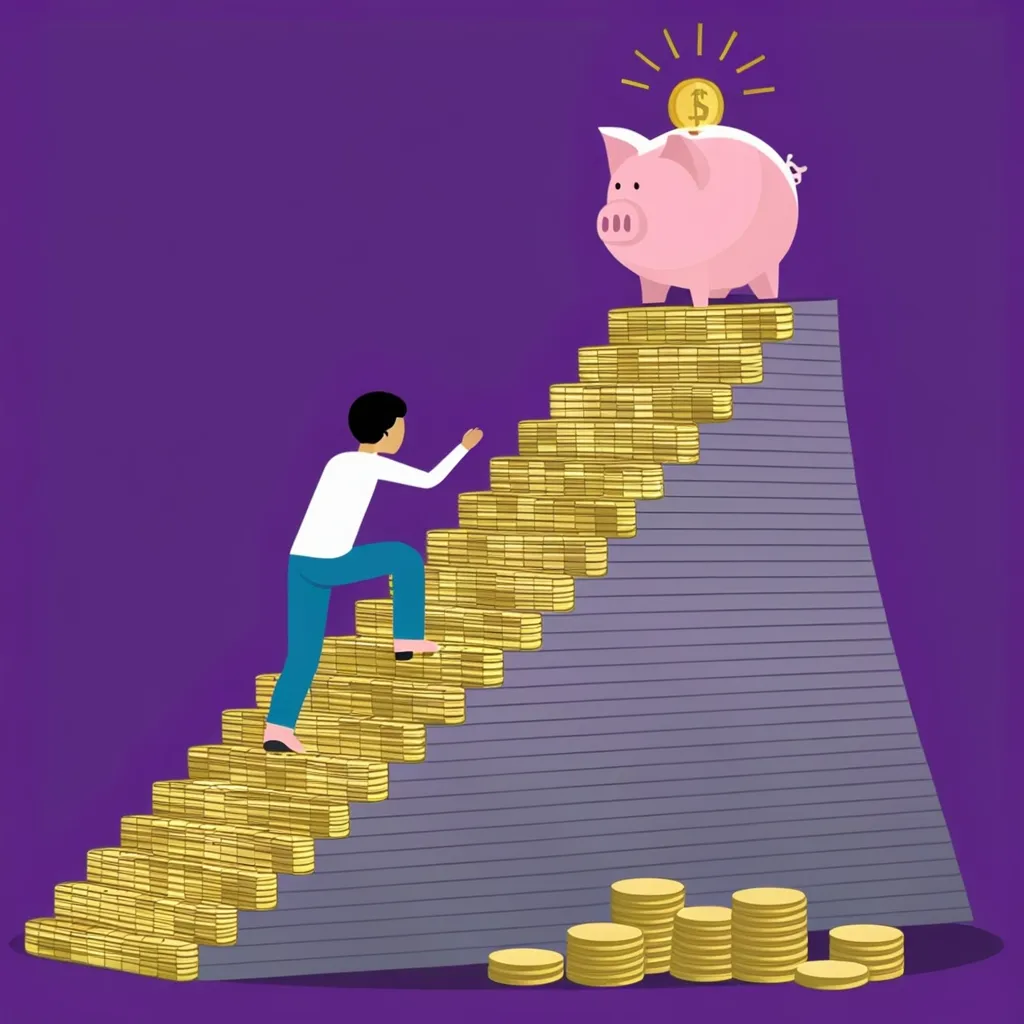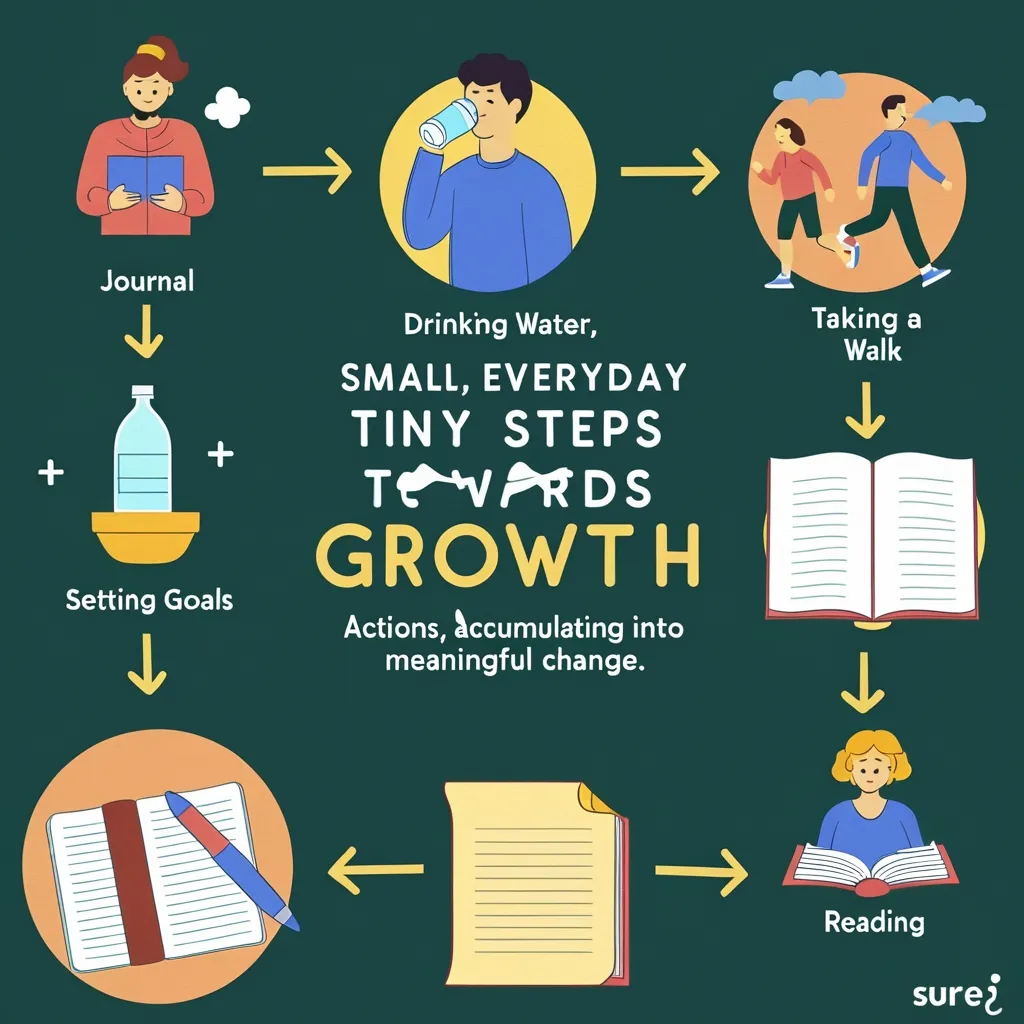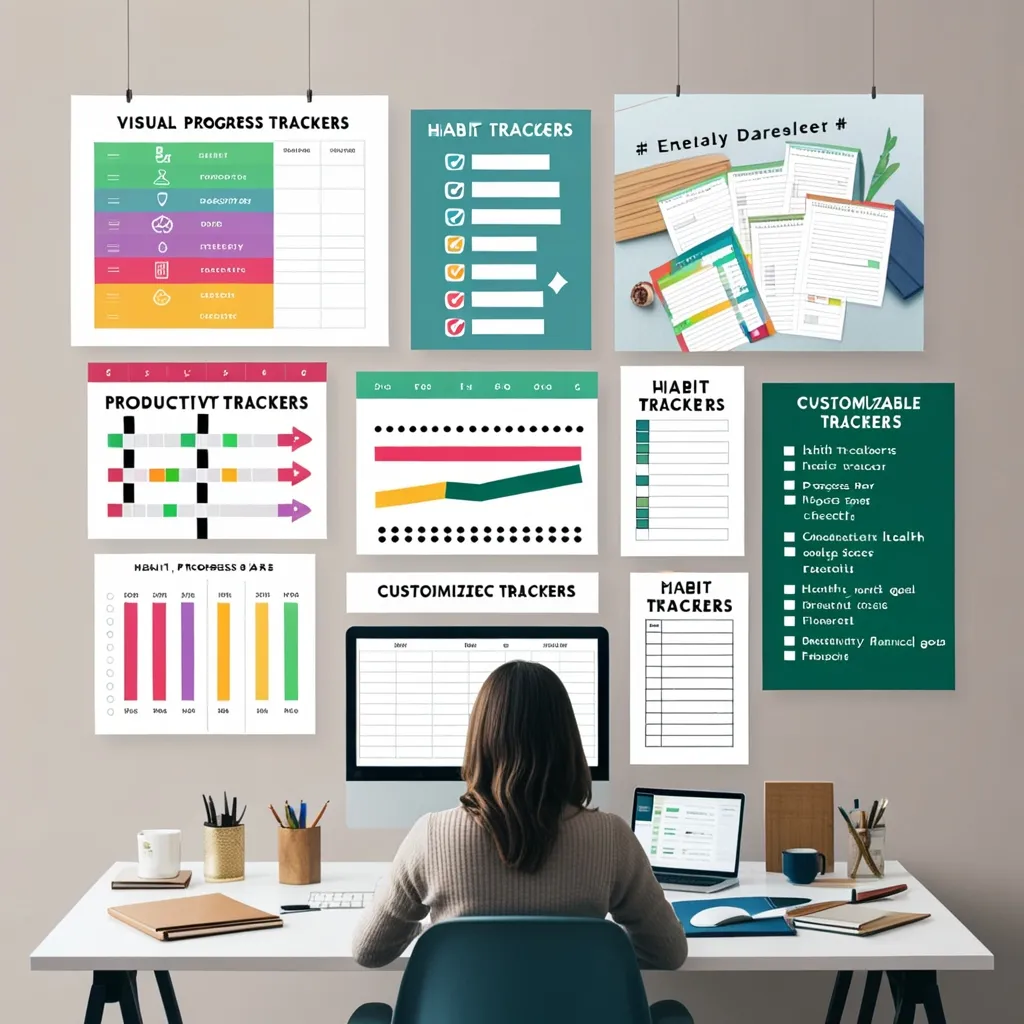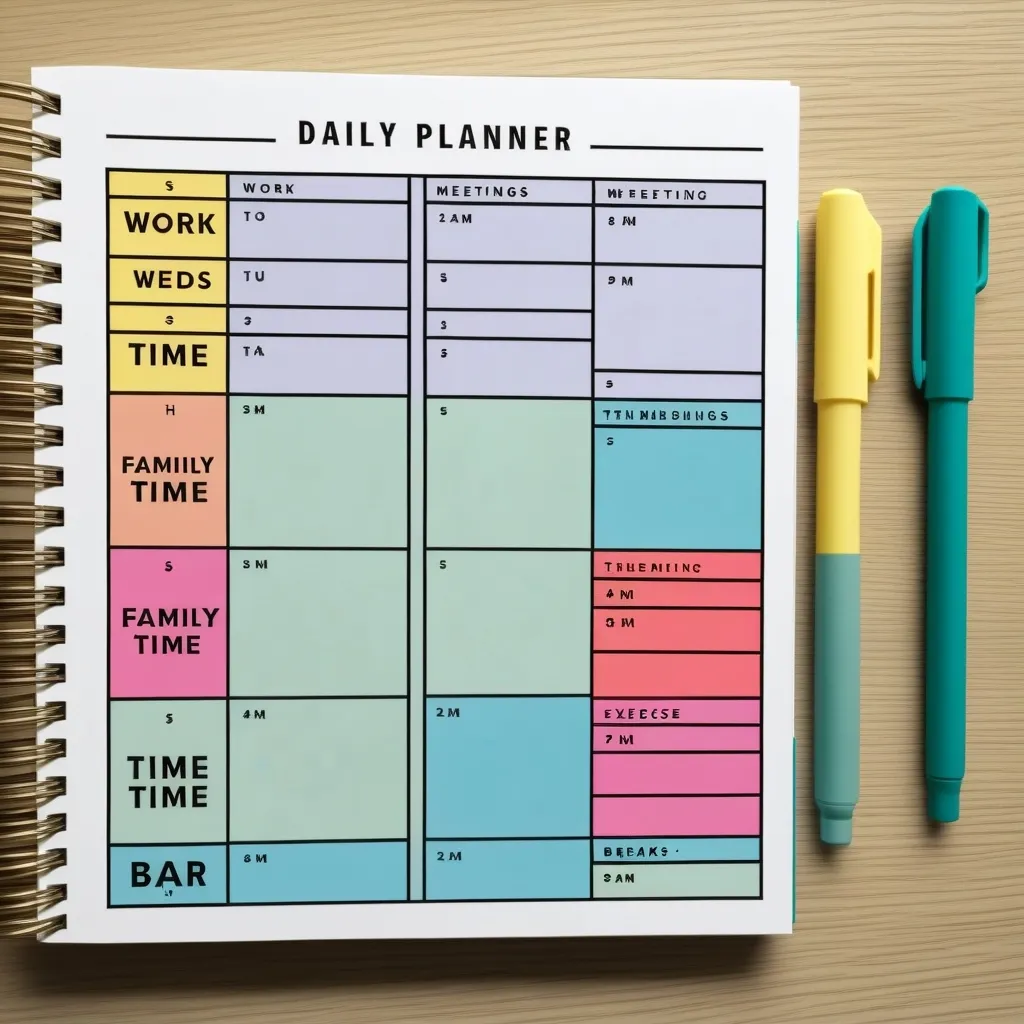In the realm of learning and skill acquisition, there’s a revolutionary concept that goes beyond the traditional methods of cross-training or skill-stacking. This is the realm of neuroplastic skill fusion, where the goal is not just to learn new skills, but to actively reshape your brain to create unique combinations of abilities. This approach is about deliberately triggering neuroplasticity to form new neural pathways that connect previously unrelated areas of expertise.
Imagine being able to link your math and music centers, or your language processing areas with your spatial reasoning skills. This isn’t just a theoretical idea; it’s grounded in the latest research on how our brains adapt and change in response to new experiences and learning.
When you learn a new skill, your brain undergoes significant changes. For instance, studies on juggling have shown that after just a few months of practice, the gray matter density in areas of the brain involved in visual movement and motor control increases. This change is not permanent; it reverses if the practice stops, but it demonstrates the brain’s remarkable ability to reorganize itself based on experience[1].
This concept of neuroplasticity is not limited to young individuals. Research has shown that even elderly people can experience significant brain changes when they learn new skills. For example, a study on 60-year-old individuals learning to juggle found similar gray matter changes in the visual cortex as those seen in younger subjects, indicating that age is not a barrier to brain plasticity[1].
The idea of creating a “neural superhighway” between different skill centers is intriguing. When you practice sequential finger movements, for example, your brain initially engages a wide network of areas including the primary motor cortex, cerebellum, and striatum. With continued practice, this network shifts, becoming more efficient and localized, indicating an experience-dependent reorganization of brain function[1].
Virtual reality (VR) and brain-computer interfaces (BCIs) are also being explored as tools to enhance this process. These technologies can provide immersive and interactive environments that stimulate specific areas of the brain, promoting neuroplasticity. For instance, VR-based interventions have been used to improve cognitive function, motor skills, and even emotional well-being by creating personalized neurofeedback training programs[2].
The therapeutic applications of these technologies are vast. In rehabilitation settings, VR and BCIs have been used to help stroke survivors recover motor function and to enhance cognitive abilities in individuals with neurological disorders. These tools can target specific brain regions, promoting neuroplastic changes that aid in recovery and skill acquisition[2].
Physical exercise, too, plays a crucial role in neuroplasticity. Both aerobic and resistance training have been shown to improve brain health by promoting the creation of new synaptic connections and reorganizing existing ones. This can lead to improvements in cognitive function, memory, and even emotional regulation. The intensity and type of exercise can influence the extent of these changes, highlighting the importance of tailored physical training programs[4].
When you embark on this journey of neuroplastic skill fusion, you’re not just learning new skills; you’re engaging in a form of self-directed brain evolution. By understanding the neurological basis of different skills, you can design personalized exercises that link diverse abilities in innovative ways.
For example, if you’re a musician looking to improve your spatial reasoning, you might incorporate visual-spatial tasks into your practice routine. This could involve using musical notation to solve spatial puzzles or creating music that requires complex spatial visualization. Similarly, if you’re a mathematician interested in enhancing your language skills, you might use mathematical concepts to analyze and understand linguistic patterns.
This approach turns learning into a fascinating journey of cognitive alchemy. By blending different skills, you create something greater than the sum of its parts. It’s about recognizing that your brain is a dynamic, adaptable system that can be reshaped and refined through deliberate practice and learning.
In an ever-changing professional landscape, having rare and valuable talent combinations can set you apart. Imagine being a data analyst with a deep understanding of music theory, or a software engineer with exceptional spatial reasoning skills. These unique combinations not only make you more versatile but also more innovative and creative.
The key to neuroplastic skill fusion is consistency and variety. You need to challenge your brain regularly with new and diverse tasks. This doesn’t mean you have to become an expert in everything; it means you should be willing to explore and connect different areas of your brain in meaningful ways.
As you delve into this world of cognitive alchemy, remember that the process is as important as the outcome. It’s about the journey of learning, the excitement of discovering new connections, and the satisfaction of seeing your brain adapt and evolve.
In essence, neuroplastic skill fusion is not just a method of learning; it’s a way of life. It’s about embracing the dynamic nature of your brain and using it to your advantage. By doing so, you open yourself up to a world of endless possibilities, where the boundaries between different skills are blurred, and the potential for innovation and growth is limitless.
